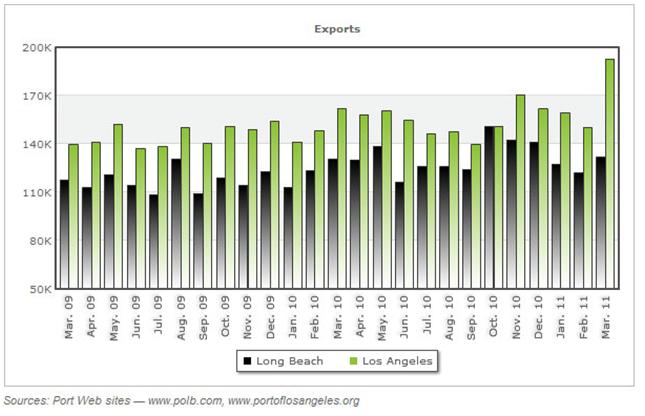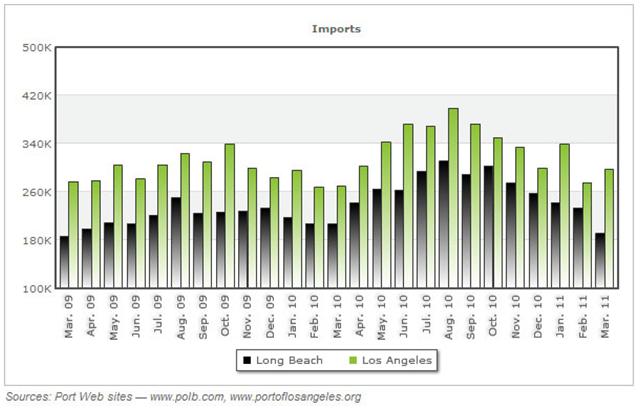We recently had the chance to catch up with Dr. Val Noronha, President of Digital Geographic Research Corporation. We asked Dr. Noronha about his recently conducted Turn Time Study, commissioned to provide metrics for tracking and monitoring truck turn times.
Here’s what he had to say:
Q: Explain the methodology of the study – how were trucks monitored as they entered and exited the ports?
A: We relied on our archive of METRIS℠ data, which are GPS tracks gathered from drayage trucks that frequent the ports and move containers to destinations in the Los Angeles basin and beyond. GPS gives us location and it gives us time, which allows us to create very detailed trajectories of vehicles and to follow them as they go about their business. The GPS devices received real-time data 24/7 from the trucks from May to October 2010.
We monitored between 10,000 and 15,000 truck trips to port terminals each month, which was enough to drill down into segments of time during the course of the day, as well as by terminal.
Q: What was the sample size of the study?
A: The sample was 250 trucks serving the Ports of San Pedro. We had a very heartening response from the trucking industry. We had large and small companies involved, and most of the members of the Clean Trucks Coalition participated.
Q: There were several key terms that were defined in order to conduct this study – tell us more about this.
A: An important part of our study was defining time intervals, specifically queue time, terminal time and visit time.
- Queue time begins when a truck arrives in the queue outside a terminal and ends when it passes the entry pedestal.
- Terminal time is the duration of truck dwell inside the terminal, including one or more transactions conducted at wheeled storage, grounded storage, chassis yard, help desk and other service areas within the terminal.
- Visit time is the sum of queue time and terminal time.
Q: Why do you believe this study is important for the ports of LA and Long Beach?
A: These are enormous ports – they have a tremendous strategic role in the local, regional and national economies and they move close to $100 million worth of goods per hour.
The marine terminal operators (MTOs), ports, truckers and drivers are all businesses. They are competitive, but at the same time, they are a team, and they need to work in sync for their own success. All members of the port community need to understand each other’s experiences. A trucker needs to understand what it costs to operate a terminal, and the MTOs need to understand the experience of a trucker.
In terms of the focus of the study, we need to distinguish between forests and trees. Where are the big delays? Where are the small delays? What are the factors causing them? If we try something new, such as opening a night gate, we need to monitor the impacts.
This study sends a message to the customers of the ports. We’re not content being the No. 1 port on the continent. We’re going to use innovative technologies to stay ahead, we’re going to take our pulse regularly, and we’re going to improve what can be improved.
Q: What are some of the key findings from the research you conducted?
A: The periods around the noon, evening and night breaks are the primary concern. Service times spike, and these periods will need to be examined to ensure steady productivity. Also the hour or two leading up to 6 p.m., which is when we found that some trucks linger outside the gates until the traffic mitigation fee (TMF) lifts.
There are certain times of the day that are less busy than others. 3 p.m. is the magic hour. Visit time is lowest if you enter the terminals at 3 p.m. There is a lot of room for increased productivity at night.
Other than that, the study revealed that there is plenty of capacity in the ports. A surge in truck volume causes just a slight ripple in visit time.
A very important aspect, in my view, is that the parties have come together to address this issue cooperatively. That is huge. That communication opens up possibilities in terms of strategies that we can use in the future.


